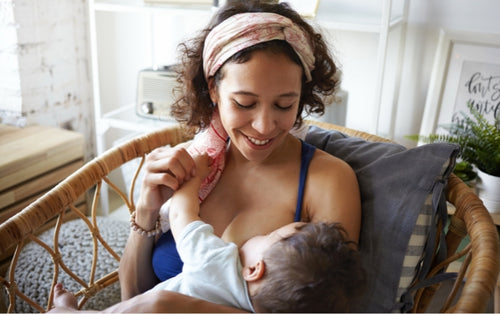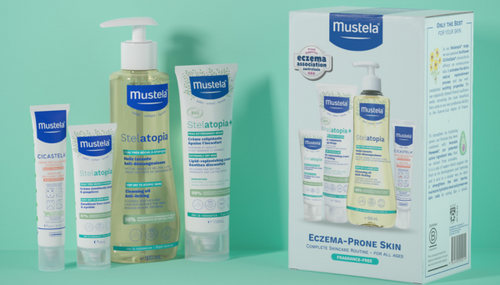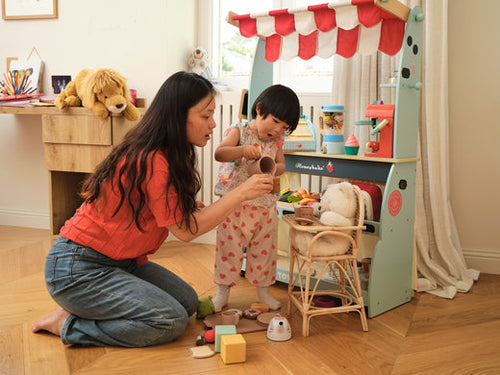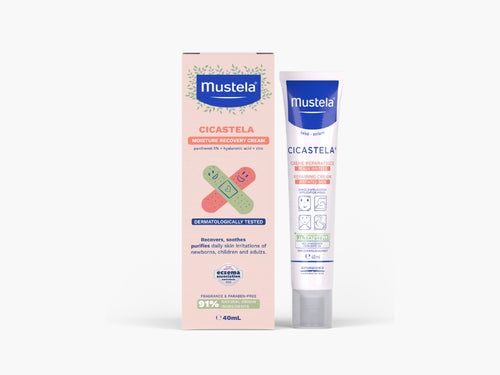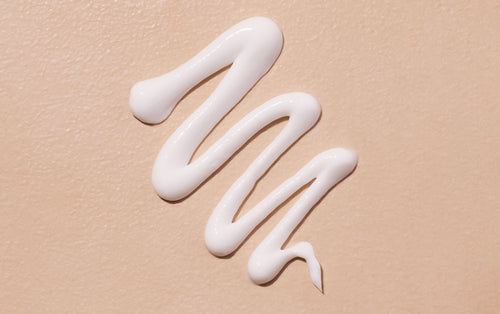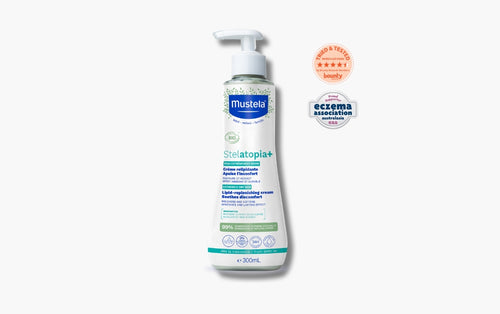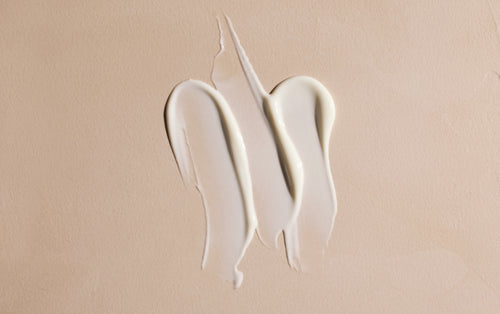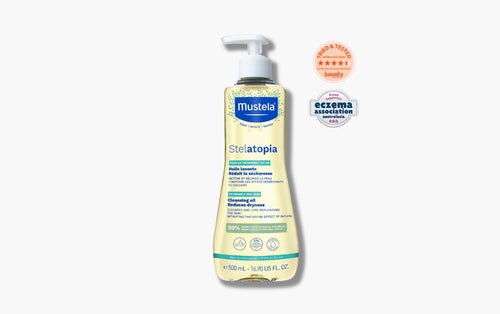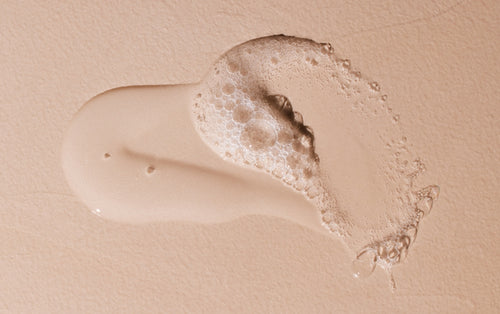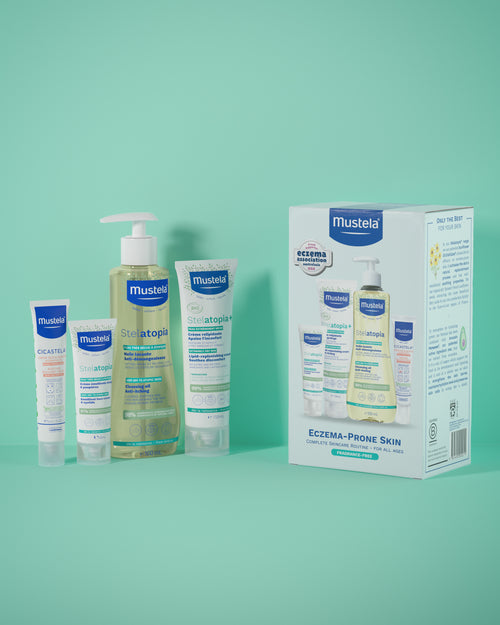From one year: my own closet
For your baby, the world that you inhabit every day is a fascinating and mysterious place that they dream of being able to explore! They like to rifle through each closet, explore each corner and each drawer, but you are not always happy for them to unpack all of your things. Give them a closet at their own height in the kitchen so that they can enjoy exploring without causing too much damage. Put safe utensils inside it, such as plastic boxes, spoons, sieves, etc. and let them rifle through them, discovering them as they please.
From one year: oh animals!
Most children love watching and touching animals: if you have a dog or cat at home, you will most likely already know that. One day, take your baby to the zoo or a pet shop – just as interesting as far as they are concerned. Go and see all of the animals, citing their names and imitating the noise that they make (when you know it), and let your little one look at them as they please. They will adore this exotic expedition and the many discoveries it brings with it!
From 15 months: at the swimming pool
If your child loves bath time and playing in water, treat them to a trip to the swimming pool. Hold your child against your chest and enter the water gradually so you don't surprise them. Then, holding them under the armpits, introduce them to the joy of swimming, jumping in the air so as to make more of a splash, spattering around by kicking their little feet, etc. Obviously, don't ever let them go and remember to wash and moisturize them when you get out so as to rid their delicate skin of chlorine residue.
From 15 months: goodnight, friends
Bedtime is sometimes difficult for little ones. To make the switch from daytime activities to getting ready for bed easier, try establishing a “good night” ritual: take your baby in your arms and together, go through all the main rooms of the house and say "good night" to the people in them and to all the most familiar objects: "good night daddy", "good night big brother", "good night teddy bears", "good night kitchen", etc. If you repeat this every day, the transition will help them progress gently into a state of sleepiness.
From 18 months: tackling the staircase
If you have a staircase in your home, you've probably secured it with barriers to prevent your baby from falling. But remember to provide your child with opportunities to practise going up and down the steps: it's a very useful exercise for their mobility. Going upstairs on all fours does not require that much training. But going down is much harder: show them that they can climb down on their bottoms, sitting on each step, one after another, or by turning to face the stairs and slowly climbing down, using the upper steps for support. They'll be very proud of themselves once they succeed!
From 18 months: like a money box
To help your child's motor skills develop, get hold of a large metal box with a flexible plastic lid (a child's milk carton, for example) and a dozen or so lids for little jars. Using a craft knife, cut out a rectangular slit in the box's lid, slightly larger than the lids for the little jars. With your child's help, decorate the box with paint, coloured sticky labels, wrapping paper, etc. Once it is completely dry, give it to your child, together with the lids for the little jars, and show them how to slip them through the slit. Once they have put all of them in, help them remove the big lid to take them out again.
From 21 months: let's walk in rhythm
Children love finding out about their bodies' motor abilities. Wait until your child is able to walk easily and then stand next to them and start walking at their rhythm. Then, all of a sudden, start walking very slowly, emphasizing the slowness of your movements. Then, speed up suddenly, making rapid movements with your arms. Then adopt a funny way of walking, lifting your knees high up with every step. Each time, get your child to do the same thing: they will be very amused by all these new ways of walking!
From 21 months: finger painting
Your child is still a little too young to use a paintbrush, but they can already start painting with their fingers. Using Sellotape, stick several large sheets of paper onto the wall (slightly superimposing them so no marks are left). Then give your budding young artist an apron with sleeves and pour a little brightly-coloured paint into some containers. Get your child to dip the end of a finger into the colour they like the most and make a mark on the sheet of paper. You can also show them how to gently press their whole hand into the paint and then place it on the sheet to create an interesting print. Release their creativity!
From 2 years: obstacle course
Your child is now very agile – they'll be pleased to take up a few little motor challenges. At home or in the garden, create an obstacle course for them. Inside, you can use cushions to mark out a path, a soft tunnel to pass through, construction toys to straddle, a stool that they have to climb over, etc. Outside, find logs of wood that they can jump over, large stones that they have to get around, a beam that they have to walk along, etc. The first time, go through the obstacle course together, guiding your child by the hand. Then let them practise alone: they'll be very proud when they get to the end!

